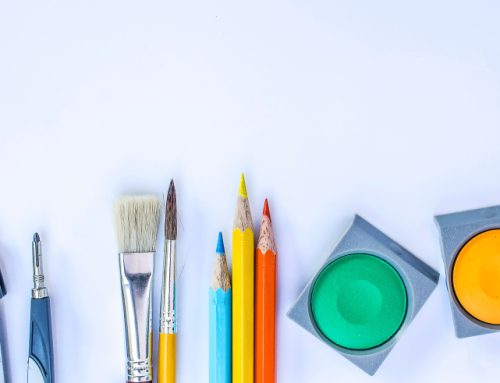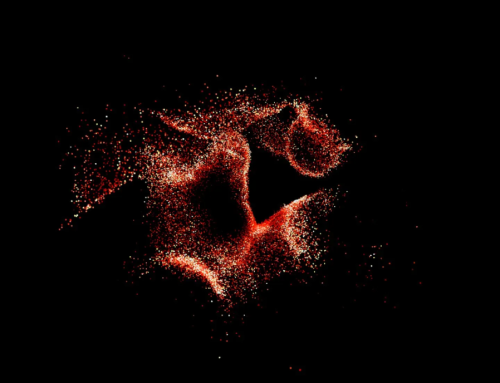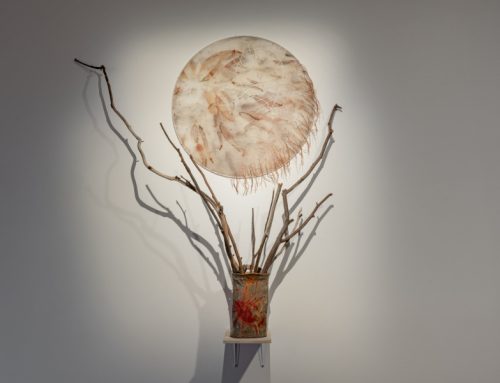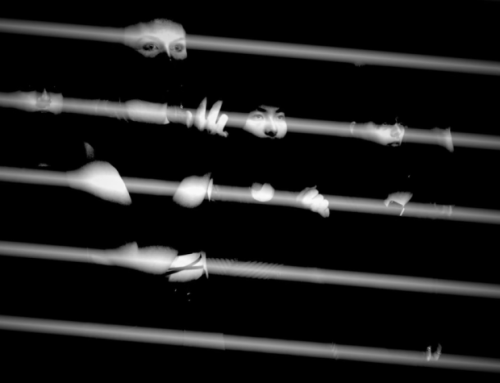The issue of evaluation comes up a lot in arts and health – as it does, of course, in the arts in general. What has struck me lately is my sense of a practical need for health-embedded arts projects and programs, and that is the need for a loose system, or set of systems, for evaluation.
I am not infrequently asked to support the evaluation of an arts and health initiative. The reason someone asks me is most often because those on the ground actually doing the project or program, don’t have time to do it themselves, and/or are not confident about how to go about doing it anyway. The projects are always great and the people who were part of them can always see how much impact they have had. It always seems important to make a record of this, and yet I often end up silently asking myself, what the point of the evaluation is? Aside from maybe a report to a line manager or a data point in a future application for funding? Reports usually settle into a metaphorically dusty file drawer somewhere (like the Agency for Clinical Innovation’s Innovation Exchange, which has not become relevant to our sector yet).
The field of arts and health has struggled with a paradox of evidence: we are saturated with evaluations of individual projects, the evaluations always find benefits – and yet, the evidence for the benefit of the arts in health, as a close read of the famed WHO scoping review of the benefits of arts and health, is mostly weak. Or at least, the evidence is weak according to the standards of evidence used to assess public health programs and interventions, as UK music and wellbeing researcher Stephen Clift has pointed out.
Thinking about this has led me to muse on what I would like to see happen here in Australia. One of our purposes is record keeping – so I would like a system that is easily implemented, without much cost in time or training, to create records meaningful to people and organisations. Another purpose is demonstrating the often intangible, subjective, slowly emerging and complicated qualities of creative arts projects, so I want a system that is sufficiently flexible as to capture the unique features of the project or program being evaluated. But a third purpose is comparison, or the placing a project in relation to others, or gaining a sense of where it sits in the arts and health field. So I want an evaluation to have features that are sufficiently general to enable this, and I want a system (or systems) that will allow the sector to build a clearer ‘impact assessment’ of the slow growth of arts and health projects across our State, of collective impact. I want our programs (and projects) to gently hold their connection to our larger visions about how wellbeing, health, and healthcare can be renewed, rethought and transformed.
I’m late to this party; many have grappled with the challenges of arts evaluation before this. Over the past decade, a few private enterprises – such as CultureCounts, Cultural Development Network and The Patternmakers – have been built around more or less these same purposes and principles, and their offerings are both pragmatic and good quality. They also cost; and as is the case with the mostly publicly funded institutions who are their clients, their pull towards standardisation is stronger than towards exploration. For these reasons, ongoing conversations about impact assessment and evaluation are likely to continue to interest and arts and health community for the foreseeable future. Some really excellent works have been published in the last couple of years, including our Queensland colleagues’ 2021 book: Sandra Gattenhof, Donna Hancox, Helen Klaebe and Sasha Mackay. The Social Impact of Creative Arts in Australian Communities. (Springer, 2021). Perhaps more on that later.
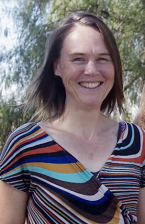 Members are invited to contribute short format writing for this blog, or to work with our team to raise questions, discuss ideas, and share experiences in evaluating the programs, projects and initiatives they support.
Members are invited to contribute short format writing for this blog, or to work with our team to raise questions, discuss ideas, and share experiences in evaluating the programs, projects and initiatives they support.
Dr Claire Hooker


